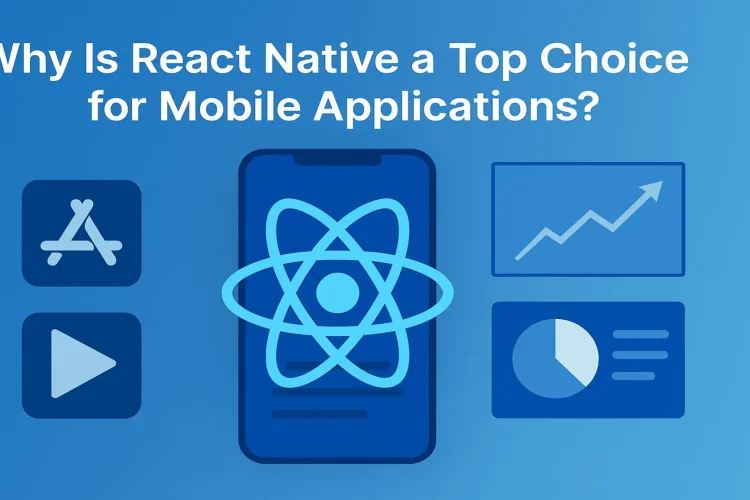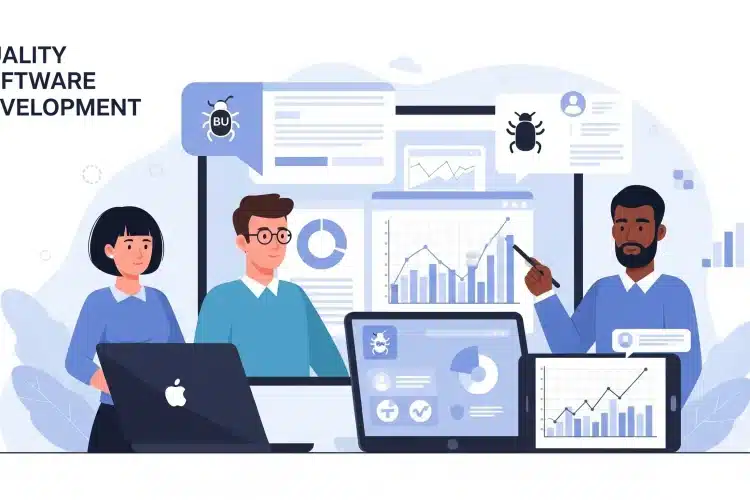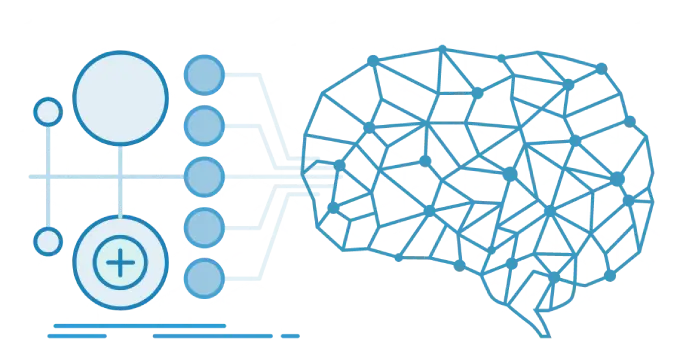0
Founded
Year
0+
Achieved
Awards
0%
Clients Recommend Us
0+
Core
Team
0+
Projects Implemented
0%
Business Efficiency with AI
Our Technology Stack
AI Development Services

Python

.NET Core

Java
AI Development Tools

Jupyter / Anaconda

Colab

Kaggle
Cloud Computing Platforms

AWS

Azure

Google Cloud
DevOps

Synk

JFrog

Jenkins
Frameworks / Libraries

Tensor Flow

PyTorch

Keras
Data Storage & Visualization

Big Query

Power BI
Tableau
Our Engagement Models
-
Dedicated AI Development Team
Our proficient AI and blockchain developers are fully immersed in leveraging cognitive technologies to provide exceptional services and solutions to our clients.
-
Extended Team Enrichment
Our extended team model is thoughtfully designed to support clients in expanding their teams with the necessary expertise for AI-driven projects.
-
Project-focused Strategy
Embracing our project-based approach, our skilled software development specialists collaborate directly with clients and the triumphant realization of AI-infused projects
Get Started Today

Contact Us
Complete our secure contact form, Book a calendar slot and set up a Meeting with our experts.

Get a Consultation
Engage in a call with our team to evaluate the feasibility of your project idea. We’ll discuss the potential, challenges, andopportunities.

Receive Cost Estimates
Based on your project requirements, we provide a detailed project proposal, including budget and timeline estimates.

Project Kickoff
Upon agreement, we assemble a cross-disciplinary team to initiate your project. Our experts collaborate to launch your project successfully.
Start a conversation by filling the form
Build your top-notch AI product using our in-depth experience. We should discuss your project.
Frequently Asked Questions
Embeddings as a Service involves creating and delivering embeddings to clients for their projects. The methods used include custom embedding development, fine-tuning existing embedding models, and providing pre-trained models. Our Embeddings as a Service enables businesses to create or improve search engines, recommendation systems, and other applications that rely on semantic similarity among vectors.
Reduced Development Time and Costs: Developers can save time and resources by utilizing pre-trained embedding models, eliminating the need to train models from scratch. Improved Accuracy: Pre-trained models are typically trained on extensive datasets, enhancing the accuracy and quality of the embeddings provided. Increased Flexibility: Cloudester offers a diverse range of embedding models, allowing for customization to match specific applications and use cases, ensuring versatility in embedding solutions.
Text embeddings convert text data into numerical vectors, allowing machines to understand and process text, which is inherently non-numeric. This is crucial for various natural language processing tasks and machine learning applications.
Text embeddings find applications in sentiment analysis, text classification, recommendation systems, document retrieval, machine translation, and more.
Yes, custom text embeddings can be trained on domain-specific data to capture specialized vocabulary and context, enhancing performance for specific tasks.
The choice of algorithm depends on the nature of your data and the specific task. Word2Vec and GloVe are commonly used for general purposes, while BERT and GPT-3 excel in more complex language understanding tasks.
Many text embeddings are language-agnostic and can be applied to multiple languages. However, some embeddings may be designed for a specific language.
You can evaluate text embeddings by assessing their performance on specific NLP tasks, such as classification accuracy or similarity measurement, and comparing them to benchmarks or human judgments.
Word embeddings represent individual words, whereas document embeddings capture the semantic meaning of entire documents or paragraphs.
You can fine-tune existing embeddings with new data or train entirely new embeddings when substantial changes occur in your dataset. This process ensures that embeddings remain up-to-date and relevant.
Cloudester offers vector embedding services for a wide range of data types, including text, images, audio, and video. Among these, text data is the most commonly utilized, with its embeddings serving various applications such as sentiment analysis, topic modeling, and language translation.
Our APIs are designed for seamless integration into your applications, simplifying the process of accessing our embeddings. Developers can make API requests to retrieve the required data embeddings in standardized formats like JSON or XML.
Indeed, our company provides a variety of embedding services that can be customized to align with your unique business needs. Our skilled developers are available to assist you in selecting the most suitable embedding service tailored to your specific requirements.
The conversion of text data to vectors typically follows these general steps: Tokenization: Utilizing a tokenizer, the text or sentence is divided into individual tokens, such as words or phrases, to treat each entity separately for vectorization. Vocabulary Creation: A vocabulary is generated, containing all unique words or phrases in the text corpus, with each assigned a unique integer ID. Embedding: Text is transformed into vector representations using embedding algorithms like word2vec, GloVe, or BERT. These algorithms leverage contextual information to map words or phrases to numerical vectors in a high-dimensional space. Normalization: Vectors are often normalized to ensure uniform scale and range, facilitating mathematical comparisons and operations. Storage: Resulting vectors are typically stored in a vector store or database, enabling efficient storage and retrieval of vector data.
Vector databases are specialized databases designed for storing and retrieving vector data. They are typically used for large-scale machine learning and natural language processing (NLP) applications, where the efficient storage and retrieval of high-dimensional vector data is critical. Vector databases typically use specialized indexing and search algorithms that are optimized for vector data, such as k-d trees, LSH (Locality-Sensitive Hashing), and FAISS (Facebook AI Similarity Search). These algorithms allow for efficient querying and retrieval of vector data, even in large-scale datasets. Pinecone, Qdrant, Weaviate, and Chroma are all some of the prominent vector databases.
Impressions

Jul 14, 2025
Why Is React Native a Top Choice for Mobile Applications?
React Native for Mobile Applications continues to be a popular framework, offering an ideal combination of performance, efficiency, and cross-platform support. With businesses seeking to reduce time-to-market and development costs, React Native enables teams to build apps for iOS and Android using a single codebase, without sacrificing user experience. In the United States, adoption is […]
Read more
Jul 11, 2025
Why Skipping User Testing Hurts Your Software: Simple Fixes for Better Quality
A bad problem or a baffling app can turn a great idea into a mess. Most companies overlook user testing to save time, not aware that it can lead to costly errors. This article discusses why user testing is necessary for quality software development and provides easy tips on how to make your software reliable […]
Read more
Jul 7, 2025
From Siloed Chaos to Seamless Flow: Why Custom Platform Changes Everything
Have you ever had the impression that your business is very busy but not really making any progress? It happens to many businesses. The accounting department puts numbers into spreadsheets, sales lists, and customer lists, and the operations department answers requests by email. Everything seems to be busy and everybody meets their daily goals. Custom […]
Read more





























